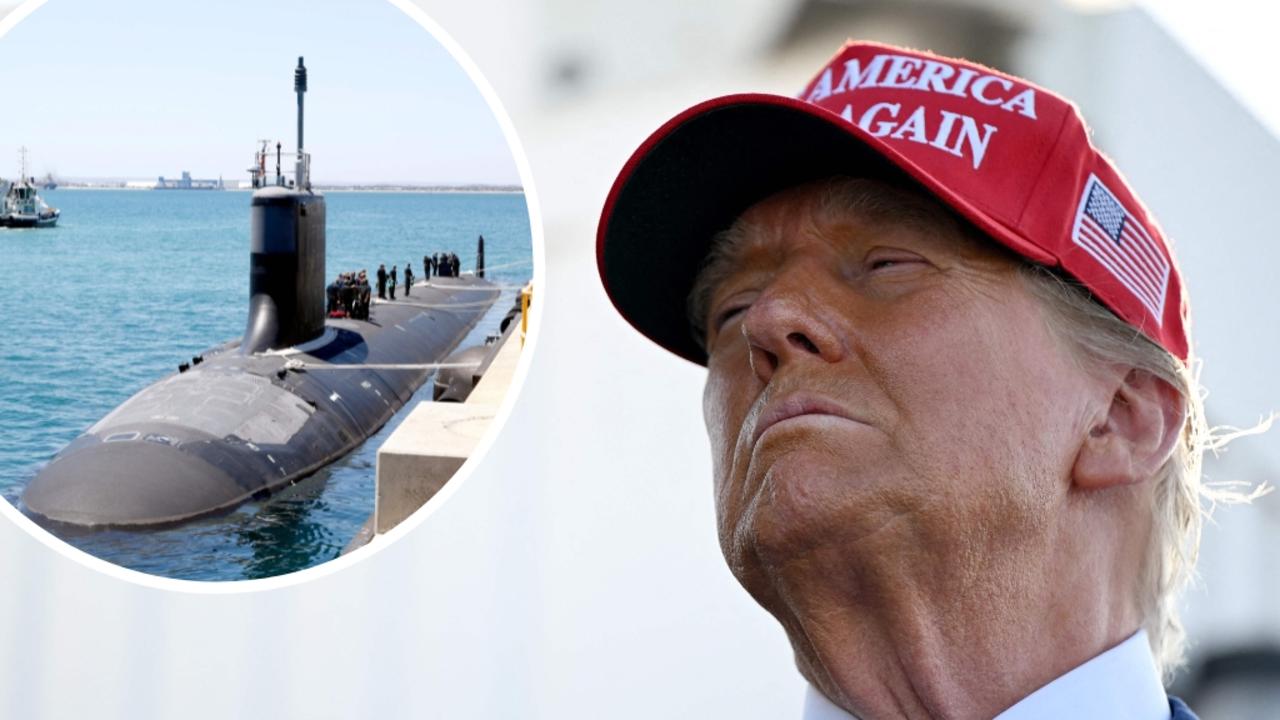
China’s military modernization goes beyond the aircraft carriers or new fighters. Yes, these are elements of superiority on the battlefield and deterrence, and the country is investing heavily in modernizing and expanding its fleet; additionally, they are putting efforts into renewing their submarines with nuclear capacity.
After a not very successful type 094, China is completing the Type 096 nuclear submarine. Of course, they have the attention of their main rivals in a scenario reminiscent of the Cold War.
Reinforcing the maritime presence. The modernization of the main military arms has become a main strategy of the Government of Xi Jinping. We are witnessing advancements across the board, including new ground weapons, stealth ships, the Electromagnetic Fujian aircraft carrier, heavy helicopters, fighters, and even space weapons.
The weakest aspect of the Chinese Navy may be its ballistic missile submarines, commonly called SSBNs. Not only had few, but their designs and functioning had nothing to do with that of the most advanced powers in this context. A sample of this is type 094 of the beginning of the century.

Seeking to close the gap with the United States and maintain a persuasive presence in the South China Sea, the country launched type 094. It is a submarine with load capacity of nuclear propulsion ballistic missiles and it was the Successor of type 092 of the mid -1980s. Experts estimate that six active units of this submarine exist, but the ship has both strengths and weaknesses.
Their nuclear capabilities can reach the American coast from the South China Sea, but these submarines primarily serve as a deterrent and aim to evade detection. The problem is that it is as noisy as the Soviet and American submarines of the 1970s. For a "new" submarine, it was a clear weakness that exposed it to U.S. anti submarine technologies and their allies.
And type 096. The outdated propulsion system, based on Soviet Cold War technology, and ineffective helmet, propeller, and isolation designs create noise and hinder stealth missions. China has launched more silent variants, such as type 094a, but they are still too loud. An easy target in the current anti -submarine war, goes.
That’s where type 096 enters the scene. There are six other submarines of this class with double the tonnage and ballistic missile capacity, but China primarily seeks solutions to predecessor issues. Thus, type 096 hopes to be as stealthy as the most modern Russian submarines. It will also be loaded with improvements in the detection of rival submarines.
Part of the design efforts have been destined to cushion the noise of the engines, as indicated in SCMP. Speculators believe that, like the new Russian submarines, the engines mount on huge rubber supports that help muffle the sound. Experts estimate that it will be ready by the end of this decade.
Now, although they have Russia and the portfolio in their favor, experience is a degree and, precisely, is what China is missing in SSBN. Russia and the United States have decades of experience, and we will see if China achieves its desired leap in nuclear submarine design when the Type 096 enters service.

In Reuters, authorities and naval technical intelligence analysts estimate that “type 096 will be a nightmare.” The reason is that, according to them, “they will be very, very difficult to detect.” People also say that Russia has shared some of its technology with China to enhance sound efficiency in its new submarine. They believe Russia hasn't shared its 'crown jewels' with China to maintain its competitive advantage, even as the two countries collaborate closely.
U.S. analyst documents speculate about the implications of such a weapon for the United States and its Indo-Pacific allies. The presence of a vehicle like the Type 096 would have "deep" implications in an area of special interest for many countries today. A sample is the incident in June 2023, when a type 094 emerged in the Taiwan Strait, visualizing the constant tension lived in the area.